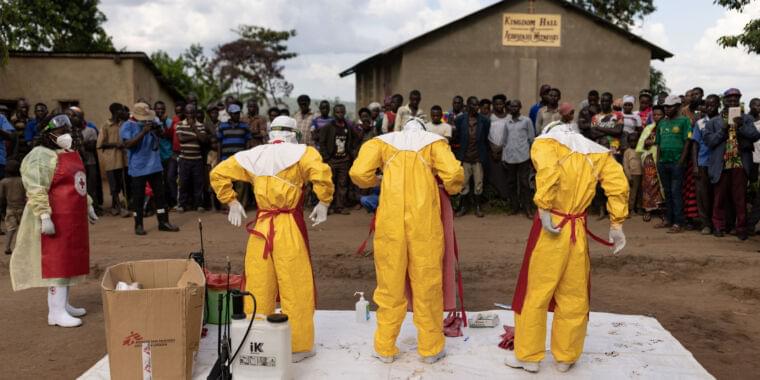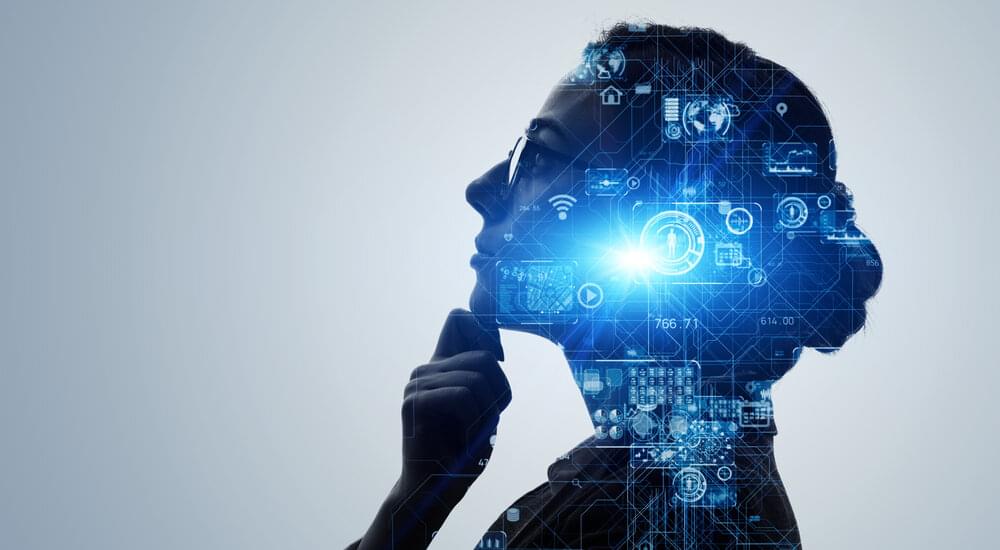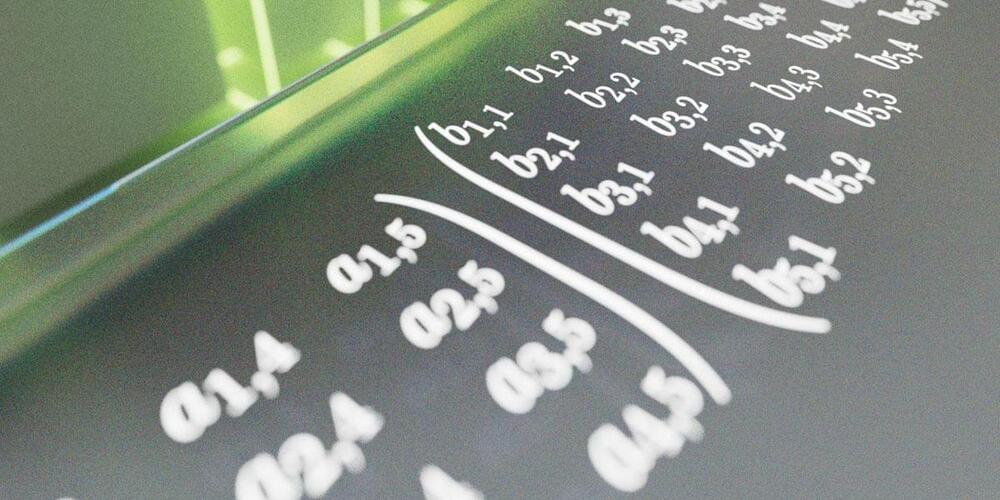Researchers at Tokyo Metropolitan University have created a robotic system that could automate the cleaning of restrooms in convenience stores and other public spaces. This system, introduced in a paper published in Advanced Robotics, will be competing in the Future Convenience Store Challenge (FCSC) at the World Robot Summit (WRS), a competition for state-of-the-art technologies to automate convenience stores.
“Many convenience stores provide restrooms for customers, and restroom cleaning is an essential part of the business,” Kazuyoshi Wada, one of the researchers who developed the system, told TechXplore. “While restroom cleaning is necessary for sanitary purposes, it involves mental and physical hard work. Clerks are often inappropriate for cleaning toilets in convenience stores; and maintaining consistent cleanliness levels is difficult because of the different perceptions of cleanliness among clerks.”
The WRS established the FCSC competition to encourage the development of new technologies that could enhance efficiency in convenience stores. Robotic systems that can autonomously clean restrooms and toilets could particularly help to improve hygiene, while simplifying the work of shop clerks and convenience store cleaners.





